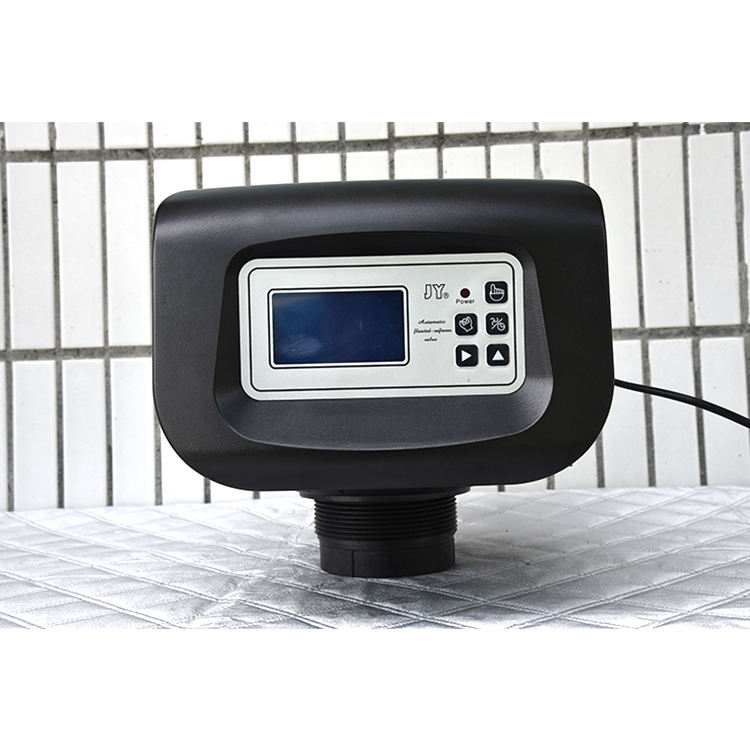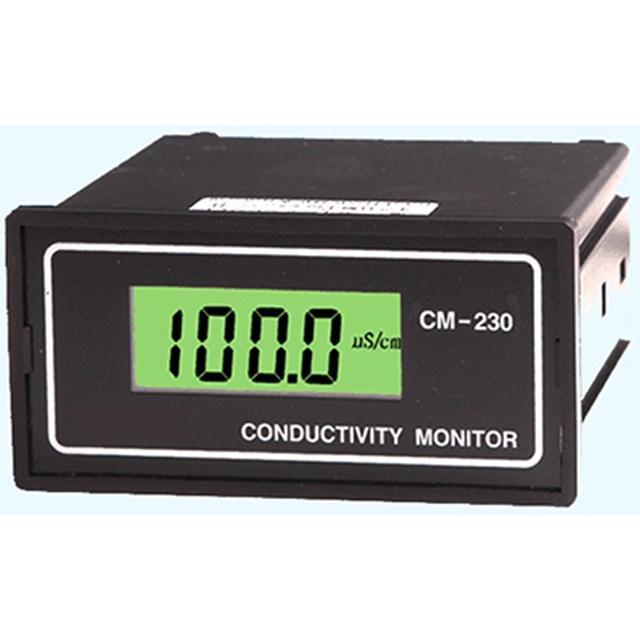Optimal lung function, measured by your peak flow meter.
Understanding Peak Flow Meter Readings: What is Normal?
A peak flow meter is a simple device used to measure how well your lungs are functioning. It measures the maximum speed at which you can blow air out of your lungs. This measurement is known as your peak expiratory flow rate (PEFR). By regularly monitoring your peak flow readings, you can gain valuable insights into the health of your respiratory system.

Understanding what is considered a normal peak flow reading is essential for effectively using a peak flow meter. Normal peak flow readings vary depending on factors such as age, sex, height, and overall lung capacity. However, there are general guidelines that can help you determine if your peak flow readings are within a healthy range.
For adults, a peak flow reading of 400-600 liters per minute is considered normal. However, it’s important to note that individual variations can occur. Factors such as age, sex, and overall health can influence peak flow readings. For example, a younger person with a larger lung capacity may have a higher peak flow reading compared to an older person with a smaller lung capacity.
Children’s peak flow readings are also influenced by age and height. As children grow, their lung capacity increases, resulting in higher peak flow readings. A general guideline for children is that their peak flow reading should be at least 80% of the predicted value based on their age, sex, and height. If a child consistently falls below this range, it may indicate an issue with their respiratory health.
Peak flow readings can also be influenced by various external factors. For example, if you have a respiratory infection or are experiencing an asthma flare-up, your peak flow readings may be lower than usual. Similarly, exposure to allergens or irritants can temporarily decrease your peak flow readings. It’s important to take these factors into account when interpreting your peak flow readings.
Regularly monitoring your peak flow readings can help you identify patterns and trends in your respiratory health. By keeping a record of your peak flow readings, you can track changes over time and identify potential triggers for respiratory issues. This information can be invaluable for managing conditions such as asthma or chronic obstructive pulmonary disease (COPD).
If your peak flow readings consistently fall below the normal range or if you notice a significant decrease in your readings, it’s important to consult with your healthcare provider. They can help determine the underlying cause and develop an appropriate treatment plan. In some cases, adjustments to medication or lifestyle changes may be necessary to improve your peak flow readings.
In conclusion, understanding what is considered a normal peak flow reading is crucial for effectively using a peak flow meter. Normal peak flow readings vary depending on factors such as age, sex, height, and overall lung capacity. Regularly monitoring your peak flow readings can provide valuable insights into your respiratory health and help you manage conditions such as asthma or COPD. If your peak flow readings consistently fall below the normal range, it’s important to consult with your healthcare provider for further evaluation and guidance.







